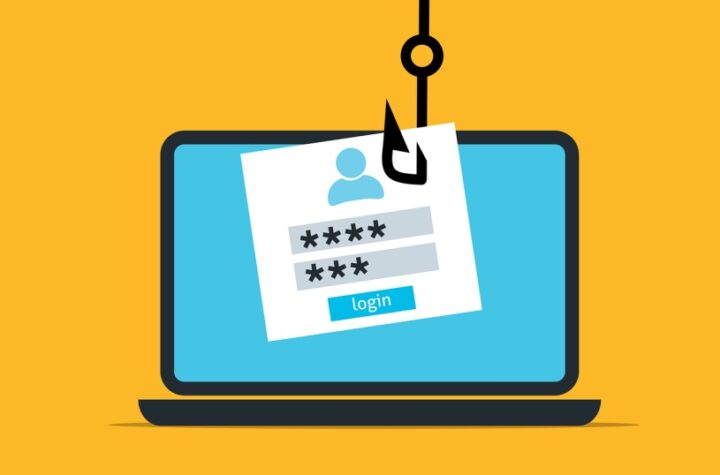
The paradigm of work has undergone a monumental shift with the rise of hybrid work models, where employees seamlessly toggle between remote and office settings. While this flexibility enhances productivity, it also amplifies the challenges of network security. Protecting sensitive data and ensuring secure connections in this dynamic environment demands a multifaceted approach.
Understanding the Hybrid Work Environment:
In a hybrid work setup, employees access company networks from diverse locations using various devices. This blend of remote and on-premises work introduces vulnerabilities that conventional security measures may struggle to address. Factors like unsecured Wi-Fi networks, endpoint devices, and differing security protocols create potential entry points for cyber threats.
Implementing Multi-Factor Authentication (MFA):
One of the foundational steps toward fortifying network security in a hybrid work environment is the adoption of Multi-Factor Authentication (MFA). MFA adds an extra layer of protection by requiring users to provide multiple forms of verification before gaining access, significantly reducing the risk of unauthorized entry.
Leveraging Virtual Private Networks (VPNs):
The ubiquitous usage of public Wi-Fi networks by remote workers poses a considerable risk to data security. Employing Virtual Private Networks (VPNs) encrypts data transmitted between the user’s device and the company’s network, safeguarding sensitive information from potential interceptions or breaches.
Enhancing Endpoint Security:
The proliferation of endpoint devices such as laptops, smartphones, and tablets used in hybrid work environments necessitates stringent endpoint security measures. Implementing robust antivirus software, regular device updates, and endpoint detection and response (EDR) tools can fortify these vulnerable access points.
Public Cloud and Security Integration:
The utilization of public cloud services has become integral to many organizations, offering scalability and flexibility. However, the shift to the cloud also presents security challenges. Integrating robust security protocols within the public cloud infrastructure is crucial to safeguarding data stored and processed in these environments.
Unified Threat Management (UTM) Solutions:
UTM solutions consolidate various security functions into a single platform, providing a centralized approach to manage and mitigate diverse cyber threats. These solutions encompass features like firewall, intrusion detection, antivirus, and content filtering, bolstering network security across all endpoints.
Employee Training and Awareness Programs:
Educating employees about potential security risks and best practices is as vital as implementing technological safeguards. Conducting regular training sessions on identifying phishing attempts, password hygiene, and data handling protocols cultivates a culture of security consciousness among staff members.
Continuous Monitoring and Incident Response:
Network security is an ongoing endeavor that requires vigilant monitoring and swift response to potential security breaches. Implementing continuous monitoring tools and establishing a robust incident response plan enables proactive identification and mitigation of security threats.
Cloud Access Security Brokers (CASBs):
CASBs have emerged as essential tools in securing data as it moves between an organization’s network and the cloud. These brokers provide visibility and control over data transferred to and from cloud applications, enforcing security policies and mitigating risks associated with cloud services.
Zero Trust Security Model:
The Zero Trust model operates under the assumption that no user or device should be automatically trusted, even if they are within the network perimeter. It emphasizes strict identity verification and continuous authentication, ensuring that access to resources is consistently validated, regardless of location or device.
Secure Access Service Edge (SASE):
SASE converges networking and security capabilities into a cloud-native architecture, offering secure access regardless of the user’s location. This approach integrates security functions like SWG (Secure Web Gateways), CASB, FWaaS (Firewall-as-a-Service), and ZTNA (Zero Trust Network Access), enhancing network security in the distributed and cloud-centric hybrid work landscape.
DevSecOps Integration:
Incorporating security practices into the development and operations (DevOps) workflow, known as DevSecOps, fosters a proactive security culture. By embedding security at every stage of the software development lifecycle, organizations can identify and rectify vulnerabilities early on, reducing the risk of security breaches.
Data Encryption and Tokenization:
Encrypting sensitive data and tokenizing information minimizes the impact of potential breaches. Encryption scrambles data into an unreadable format without the appropriate decryption key, while tokenization substitutes sensitive data with non-sensitive placeholders, bolstering data security in transit and at rest.
Network Segmentation:
Dividing networks into smaller segments helps contain breaches and limits unauthorized access. By separating critical systems from less sensitive areas and enforcing strict access controls between segments, organizations can mitigate the scope of potential security incidents and safeguard vital data.
Adaptive Security Measures:
Implementing adaptive security measures involves real-time analysis of user behavior and context to adjust security protocols dynamically. By continuously assessing risks based on user actions and context, organizations can adapt security measures to evolving threats, enhancing overall network resilience.
Conclusion:
The hybrid work model offers unprecedented flexibility but also presents significant challenges in terms of network security. Employing a comprehensive strategy that combines technological solutions like MFA, VPNs, and UTM with employee awareness programs and cloud security integration is imperative. By prioritizing a proactive and multifaceted approach, organizations can navigate the complexities of the hybrid work environment while safeguarding their networks against evolving cyber threats.




More Stories
AI & Machine Learning: Dedicated Servers with GPUs – Powering the Future
Methods to avoid phishing scams
Anonymous note-taking – Tips for maintaining your privacy